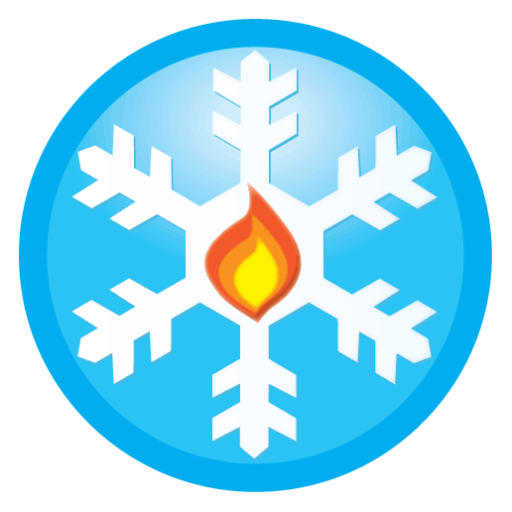For the most energy efficient home, you need great efficient appliances, but you also need a home that does not leak air. Regardless of the season, a home that is drafty will cause your heating and cooling bills to skyrocket. That’s why you keep your windows closed when running your AC or heater.
There is a lot that can be done to fix these problems, but first, it is essential that you find the leaks.
Checking your home for air leaks may seem complicated, but the methods can actually be very simple. Here are some great tips from Snowflake Air, your Treasure Valley HVAC specialists.
1. The Hand Test
This test is as simple as they come. On a cold day, while your heat is running, use your hand to feel around the edges of windows, doors, fans, and vents to feel for cold air. If you feel cold air coming through, you likely have a large leak that needs to be addressed.

2. The Candle Test
The candle test is another simple, inexpensive test that can be done to detect leaks. It can be used all times of the year and can detect even small leaks. Make sure that there is limited air flow in your home.
This means that your AC, fans, and heating should be off. Light a candle and hold it near possible sources of leaks. If the light dances around, you have a small leak. Places where you should try this method are windows and doors, electrical outlets, around baseboards, etc.

3. Visual Inspections
The Department of Energy also recommends that you visually inspect your home to check for leaks. These inspections should be done where 2 building materials meet. Corners, siding, outdoor faucets, chimneys, baseboards, vents and fans, windows, doors, and light switches are all important places to check.
Can you see space between these materials? Can you see daylight coming around door or window frames? Any gaps or cracks that you notice should be sealed using caulking or weatherstripping.
4. Blower Door Test
This test is performed by a contractor or energy auditor and provides more accurate feedback than the other DIY leakage tests. In this test, a large blower fan is placed in the entrance door of your home.
The fan will suck out the air from your home, depressurizing it. The higher outside air pressure will cause the air to flow in through unsealed openings and cracks. When leaks are detected, a plan should be made for how to correct them.
5. Duct Leakage Test
Another major way that your home can leak air is through the duct system. Troublesome leaks occur when air conditioned air is leaking into unairconditioned spaces like attics, or when the air returns sucks unairconditioned air back into the system.
A duct leakage test measures the airtightness of the HVAC ducts by using a calibrated fan to pressurize the duct system. The air flow can then be measured at different points along the system.
Changes in air flow or pressure indicate leaks. Leaky ducts can then be sealed using duct mastic or other products.
Energy Savings in Eagle, ID
Reducing the air leaks in your home can make a huge difference in the amount of energy you use and the cost of your heating and cooling bill. Along with using the best thermostat settings to conserve energy in the winter and summer, reducing air leaks is an important and often easy way to save energy.
For all of your Eagle, ID heating and cooling needs, you can trust Snowflake Air to get the job done right! We are available 24/7 to make sure that your family is safe and comfortable. Contact us today for more information.





Trackbacks/Pingbacks